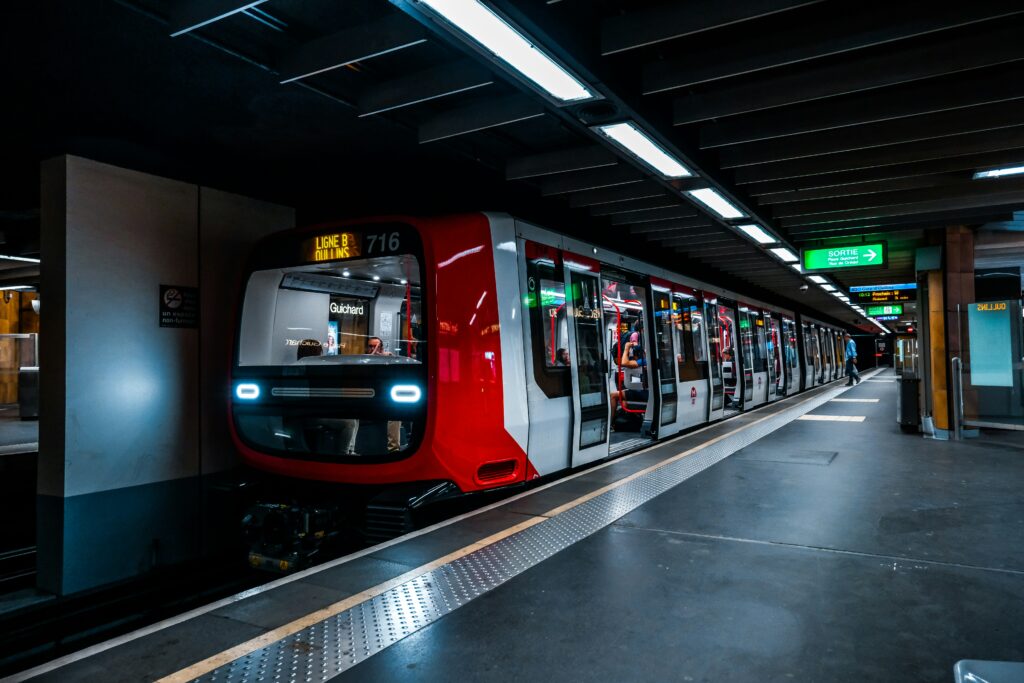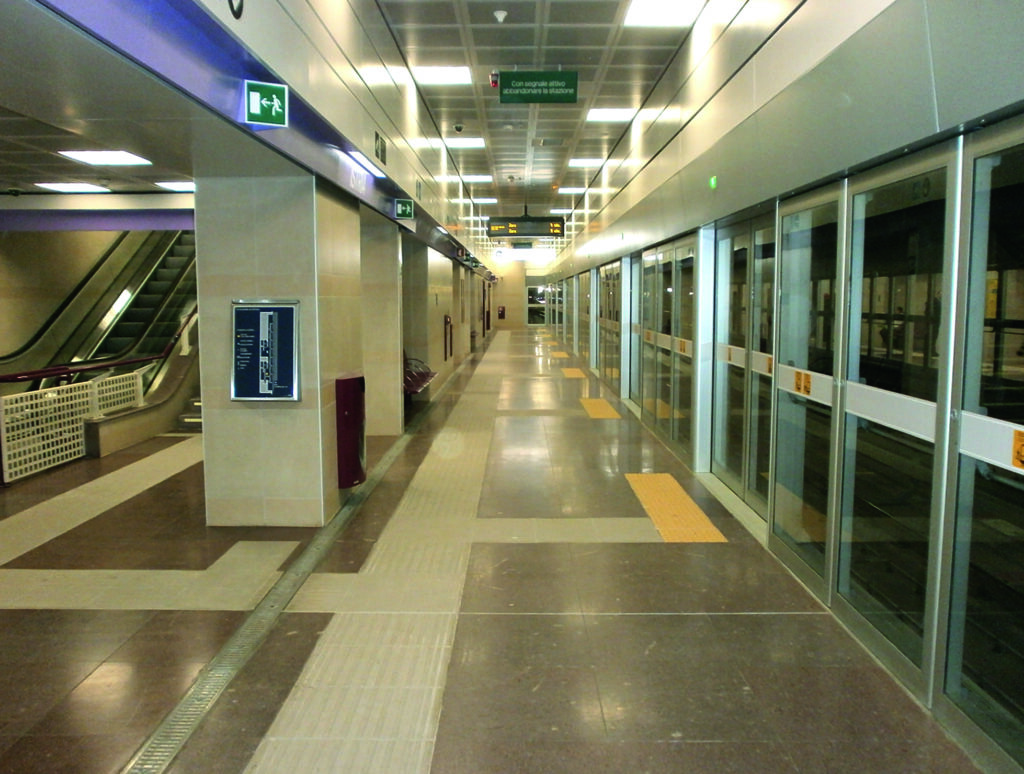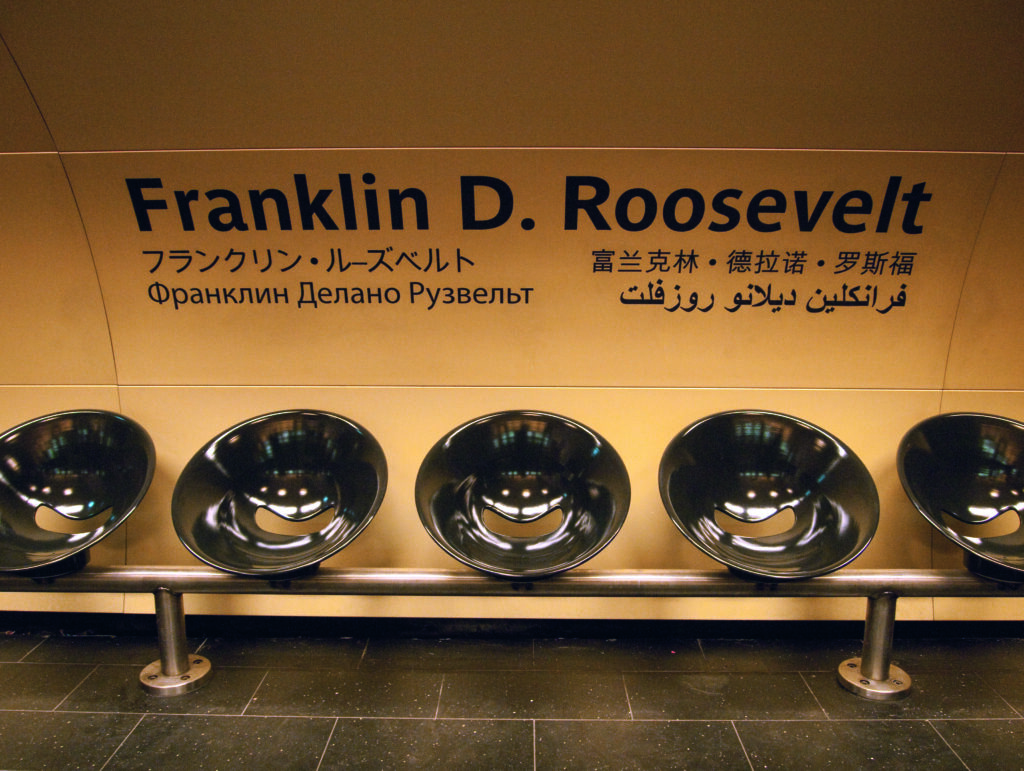Driverless Metros
Metro systems without drivers on board, referred to as unattended train operation (UTO), driverless, or automatic, are expanding. Today, over 40 lines across the globe function this way, and in the coming years, this particular modus operandi is forecast to grow five times faster than in the last decade.
Taking the driver out of the equation, and putting technology in his or her place, opens up potential benefits for all – industry, transport operators, funding authorities, and passengers. All, that is to say, except the ousted drivers, of course!
Having no drivers reduces payroll costs. Energy bills are lower since acceleration and deceleration patterns can be adjusted to reduce consumption, and maximize energy recovery. And while maintenance costs are marginally higher, due to the introduction of platform and track protection systems, these are expected to be offset by the aforementioned staff and energy savings.
In terms of operational flexibility, the systems are capable of tailoring service coverage to best meet the needs of the moment, for example by optimizing the running time of trains, adjusting the speeds of the system, squeezing headways, and reducing dwell times in stations. A further, non-negligible advantage lies in the perceived quality of the driverless service – since it is generally more reliable, with shorter dwell times, passengers spend less time waiting at platforms. Understandably, they view this improvement in a favorable light.
There are currently over 600 kilometres of automatic metro lines in operation worldwide, with the first such systems – Lille in Europe; Vancouver, Detroit, and Miami in North America; and Kobe, Yokohama, and Osaka in Japan – dating from 1980 to 1990. And between 2014 to 2025, growth is expected to be exponential and reach 1,888km, predicts the UITP’s Observatory for Automated Metros. A flourishing sector of activity indeed, yet one that comes with its fair share of challenges…

Lille Gives Driverless More
Thirty-three years old, the grande dame of metro automation is being given a facelift. A pioneer in the field, Le VAL[2] or Métro de Lille Metropole (northern France), comprises two lines covering 45km and serving 60 stations.
Over the past decade, the use of collective transport in Lille Métropole has risen by 40%, compared to 12% for the car. And while this trend is good news for the modal shift, it is putting increasing pressure on the systems serving the city and its suburbs. Introduced into operation in 1983, metro Line 1 has a total of 18 stations and connects with the tram, V’Lille bike sharing, bus, and commuter rail services. It currently clocks up around 165,000 journeys every day; i.e. 60 million per year, and these figures are growing. Given the key position it occupies in keeping the city on the move, the metro lillois simply cannot afford to be outpaced by capacity demand.
With a headway of 66 seconds at peak times, the minimum technically possible with the current system, there is no further scope for increasing service frequency on Line 1. The only solution is to introduce longer trains – from the current 26 to 52 meters – a move that subsequently entails doubling the length of the platforms.
Lille Line 1
- 18 stations over 13.5 km of line, of which 8.5 km in tunnels
- Headway of 66 seconds at peak times
- 53 x 26-meter-long trains
- Two connections with Line 2
- Average speed of 32 km/h

ATO pulling into a metro station. Photo: Ronnie Schmutz / Unsplash
The program – rolling stock and ATO (Automatic Train Operation) system; high voltage currents; ventilation and smoke extraction; tracks; modification of stations and the installation of platform screen doors – debuted in January 2013, with completion scheduled for October 2017.
As the first automatic metro in the world to be renovated, the undertaking is being closely followed by industry professionals worldwide. For a good reason. There are a number of significant challenges to be faced, including the need to perform all the tasks during five years without interrupting commercial services. This explains why they are being carried out at night when the metro is closed between 1.00 to 5.00 am. However, considering the time it takes to install and remove their equipment, in reality the teams have just three hours per night to perform their magic. Furthermore, certain operations, such as installing the new platform screen doors, call for particular vigilance. Extremely robust and consequently very heavy to handle, these doors must be perfectly installed, accurate to the nearest millimetre, prior to restoring traffic – the trains pass by at a distance of just 5 cm!
The total cost of modernizing Line 1 amounts to €629 million, of which €300 million has been pledged by the European Investment Bank (EIB). The project forms part of Lille Métropole’s vision to drive up the use of collective transport by 50% by 2020 and to develop a transport network capable of handling 265 million journeys annually, compared to the current 160 million.
State-of-the-Art for Vienna
In June 2015, Vienna’s public transport operator Wiener Linien, together with the City of Vienna and the Austrian Transport Ministry announced that its new U5 metro line is to become the first to be fully automated in the network. Due to opening in 2023, the driverless U5 service will improve overall customer service, allow better management of service disruptions, boost punctuality, and heighten safety through the presence of platform screen doors. On a wider level, it will also play a part in helping the city cope with its growing passenger volumes.
“We need new concepts for the increasing number of passengers on public transport and ways to further increase service frequency. All this is possible with automated underground trains. The U5 will be a smart underground line for our smart city, whose technology lives up to today’s state-of-the-art and provides new safety features.”
Executive City Councillor Renate Brauner
CCTV, passenger alarms with direct voice connections on board the trains, and an underground line supervisor located in the control centre will be additional features of the system.
Extending Driverless in Milan
The third section of Milan’s automated metro Line 5 opened on 29 April 2015, two days before the inauguration of Expo 2015, providing for the first time a direct convenient access to the famous San Siro football stadium. The five new stations of the 7.1 km western extension are served by trains running every three minutes during peak times, from four to six minutes off-peak.
The first fully driverless metro line in the city, Line 5 has been in operation since 2013: the first 4.1 km long stretch opened in February 2013, followed by a 1.4 km long extension in March 2014. With the opening of this latest prolongation, Milan’s metro network has increased from 103 to 108 stations and from 94 to 101 km.

Paris Converts Another Line
By 2022, the metro system in Paris, which comprises 14 lines, will boast 3 UTO routes. While Lines 1 and 14 are already in service, Line 4 is currently being converted to driverless operation in order to “increase the capacity, regularity, quality of service, responsiveness and safety of the line,” says operator RATP. Currently, the second busiest service in the network, Line 4, which is 12.1km long with 27 stations, averages 740,000 passengers a day.

Making Line 1 automatic, a complex undertaking (regular passenger services remained open) completed in December 2012, has since boosted the efficiency of this route for both RATP and passengers alike, namely by enabling more trains to be provided during peak hours and improving service regularity.
Ongoing since 2014, renovation and conversion works on the 100-year-old Line 4 are being carried out to avoid any major traffic disruption – as was the case with Line 1.
“RATP’s priority is to improve the quality of service and the automation of Line 4 is an important step in achieving this goal,” comments Pierre Mongin, CEO, RATP.”
Pierre Mongin, CEO, RATP
Le Grand Paris – Automatic From Day One
To further improve the public transport services and quality of life for inhabitants of the City of Light and its suburbs, much is riding on the project baptized “Le Grand Paris”, a development program for the entire metropolitan area due to be completed in 2030. Key to this ambitious plan is its automatic metro system – the Grand Paris Express – that will comprise four new-build lines (15-18) and two extensions (11 and 14) designed to serve suburb-city centre and suburb-suburb journeys. Line 15 will create a ring route around the city, while the others will serve developing neighbourhoods – housing, economic activities, university centers, and cultural facilities. The new system will also involve extending existing Paris metro lines.
The UTO network is expected to deliver the following benefits:
- the frequencies of trains can be adjusted at any moment, a benefit of particular importance given the constantly changing nature of city life (week, weekend, special events, Bank Holidays, etc.)
- operating uncertainties lessened since automation means better management of journey times and commercial speeds of trains
- operating costs optimized through improved control of train movements, hence more efficient energy recovery and energy consumption
Preparatory works for Line 15 – deviating underground gas, electricity, and telecommunications networks – began in 2015. If all goes to plan, civil engineering works for the metro infrastructure of this line should start in 2016.
Win-Win For All?
As the above examples demonstrate, all-important current and future projects in the metro are UTO. Representing state-of-the-art metro technology, automation provides a glimpse of the future for this particular transport mode. Driverless metro systems are more energy-efficient and punctual, and additional trains can roll out of depots at short notice. What more could operators, and passengers, want?

Making these services more appealing to the travelling public falls in line with a bigger goal – to double the market share of public transport worldwide by 2025.[3]
Launched in June 2009 by the UITP (international organization for public transport authorities and operators), this ambition, which goes by the name of PTx2, is aimed at governments, local authorities, investors and stakeholders, as well as public transport actors themselves, be they organizing authorities, operators or industry suppliers.